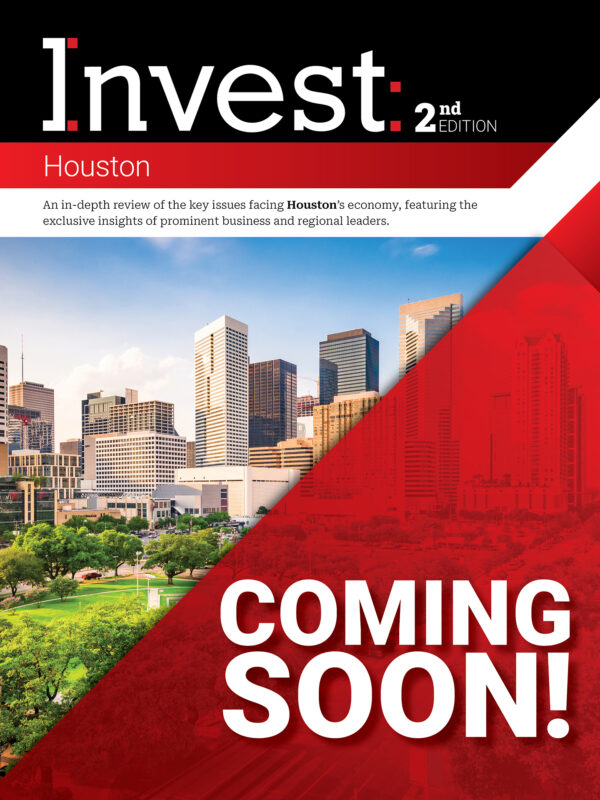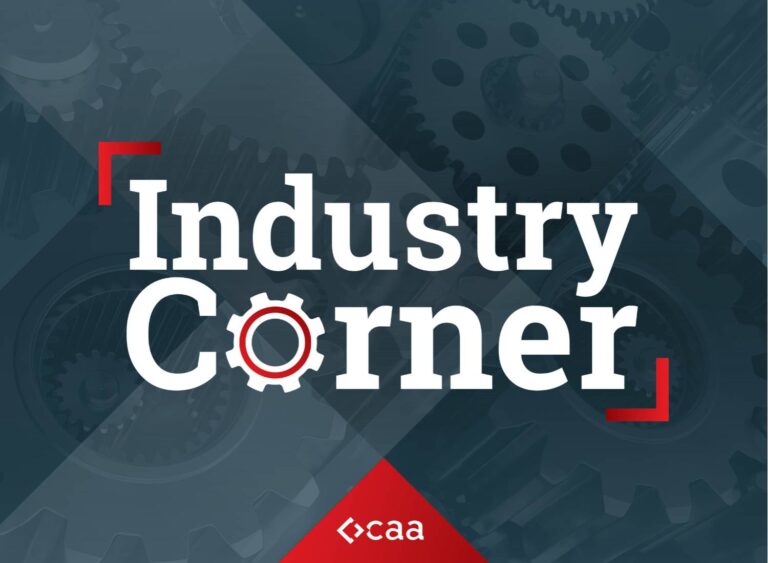Spotlight On: Douglas Hendrix, Senior Deputy Superintendent & Chief of Staff, Clayton County Public Schools
 January 2024 — In an interview with Invest:, Douglas Hendrix, senior deputy superintendent & chief of staff at Clayton County Public Schools, discussed the district’s recent achievements, including academic improvements and increased graduation rates.
January 2024 — In an interview with Invest:, Douglas Hendrix, senior deputy superintendent & chief of staff at Clayton County Public Schools, discussed the district’s recent achievements, including academic improvements and increased graduation rates.
What have been the key milestones and achievements for Clayton County Public Schools in the last 12 months?
The Clayton County Board of Education, Superintendent/CEO of Schools, Dr. Anthony W. Smith, and our valued stakeholders are very proud of our progress, always striving for perfection but understanding it’s a continuous journey of improvement. This past year, we’ve seen advancements in our academic performance, especially in state assessments. We were able to reduce the number of schools on the State-identified improvement lists from 22 to four schools. A major highlight is our increased graduation rate. For the first time in about a decade, we’ve achieved an 81.1% graduation rate, with 11 schools reaching or surpassing this milestone and two at 100%.
We’re also seeing positive trends in student discipline data, with fewer incidents reported. Well-behaved students contribute to a better learning environment for everyone. Through innovative strategies, we’re addressing the whole child, not just the behavior, to understand and resolve underlying issues. Additionally, we’ve enhanced our instructional support and delivery models, focusing on training our teachers to be world-class professionals. Our aim is to create an environment so supportive that our teachers remain dedicated to our district.
How do you see the future of education evolving, particularly regarding your innovative strategies?
Two main trends shaping the future of education are technology and mental wellness. Post-pandemic, there’s been an increased emphasis on student security, leading us to provide one-on-one devices for our students to ensure greater access to education in various learning models. We’ve also launched a virtual academy, offering daily instructional support through virtual platforms, addressing the rising demand for flexible learning options.
In terms of using technology to address the teacher shortage, we’re exploring ways to maximize the impact of our existing teachers in areas where staff is limited. This involves leveraging technology to cover gaps and enhance teaching quality. Our team is developing innovative strategies that we hope to share with others in the field.
Mental health and wellness are also crucial. We’re implementing programs to support students at the root cause of their issues, rather than just managing their reactions. Initiatives like intramural sports provide students with mentorship and engagement opportunities, even if they cannot participate in traditional sports due to academic reasons. Our Youth Empowerment Services (YES) program in secondary schools offers temporary virtual learning environments for students struggling in the classroom, coupled with wraparound services to address underlying issues. In elementary schools, the Opportunity Room provides a similar face-to-face approach, focusing on teaching through discipline, with the belief that every disciplinary action should be a learning opportunity. These programs underscore our commitment to both technological advancement to promote mental wellness and academic achievement in education.
What are the current challenges facing public schools, and what strategies are you implementing to address them?
We’re facing challenges similar to other school systems nationwide, with the teacher shortage being a prominent one. Fewer people are entering education programs in college, and there’s also a trend of students opting for direct careers over college. To address the teacher shortage, we’re focusing on improving our organizational culture to attract and retain great educators. We’re working on growing our own teachers, targeting individuals within our organization who already have a passion for education and may consider transitioning into teaching roles. We offer programs for them to become teachers at no cost, in exchange for their commitment to our district.
Additionally, we’re embarking on maximizing our technology resources and platforms to afford our great educators the opportunities to reach more students. We’re transforming teaching into a team effort, involving planning and collaboration for better outcomes.
Regarding the shift from college aspirations to career readiness, we’re bolstering our Career and Technical Education (CTE) programs. Initiatives like the Doctor’s Club, Construction Ready, internships, and partnerships with industries are in place to prepare students for various career paths. Our National Model Aviation Program and Firefighters Academy are examples of providing practical skills and direct career pathways. The New Innovation Evening Academy will focus on secondary students, offering both CTE and college preparation. We’re dedicated to providing multiple pathways to success, therefore, allowing every student to excel, whether in college or a career.
What role do arts and culture play in developing the whole child?
We ensure that our students have abundant opportunities in the arts, both visual and performing, to discover and harness their creative potential. Engaging in these creative activities can be a source to uncover one’s greatness, to inspire and be inspired, and to find internal comfort. We are continually expanding our programs in the creative arts and cultural fields. By establishing new partnerships, we aim to provide diverse and enriching experiences for our students. This emphasis on the arts and culture is a key component of our strategy to nurture well-rounded individuals.
What are your long-term goals and top priorities for the upcoming academic year?
Our overarching goal is to build a better tomorrow, today, both literally and figuratively. We’re undergoing significant infrastructure improvements. Following the passage of SPLOST VI, we’re on track to rebuild or modernize 22 schools by March 2025. We’re also upgrading our sports facilities, which is crucial for providing optimal environments for our staff and students.
Academically, our focus is on continually enhancing the training for our entire staff, from custodians to Central Office administrators. This comprehensive training is part of our pursuit of excellence, aiming to prepare our students more effectively.
Financially, we’re in a strong position, even with the anticipated end of federal Esser funding. We’ve been responsible stewards of our finances and have a plan to maintain our financial stability.
Additionally, we’re focusing on expanding our academy programs and career opportunities for students. We’re developing a workforce project to assist students in securing employment, recognizing the importance of career readiness in education. We aim to offer diverse opportunities across various industries and fields, enabling each student to realize their potential and innate genius.
For more information, please visit:













